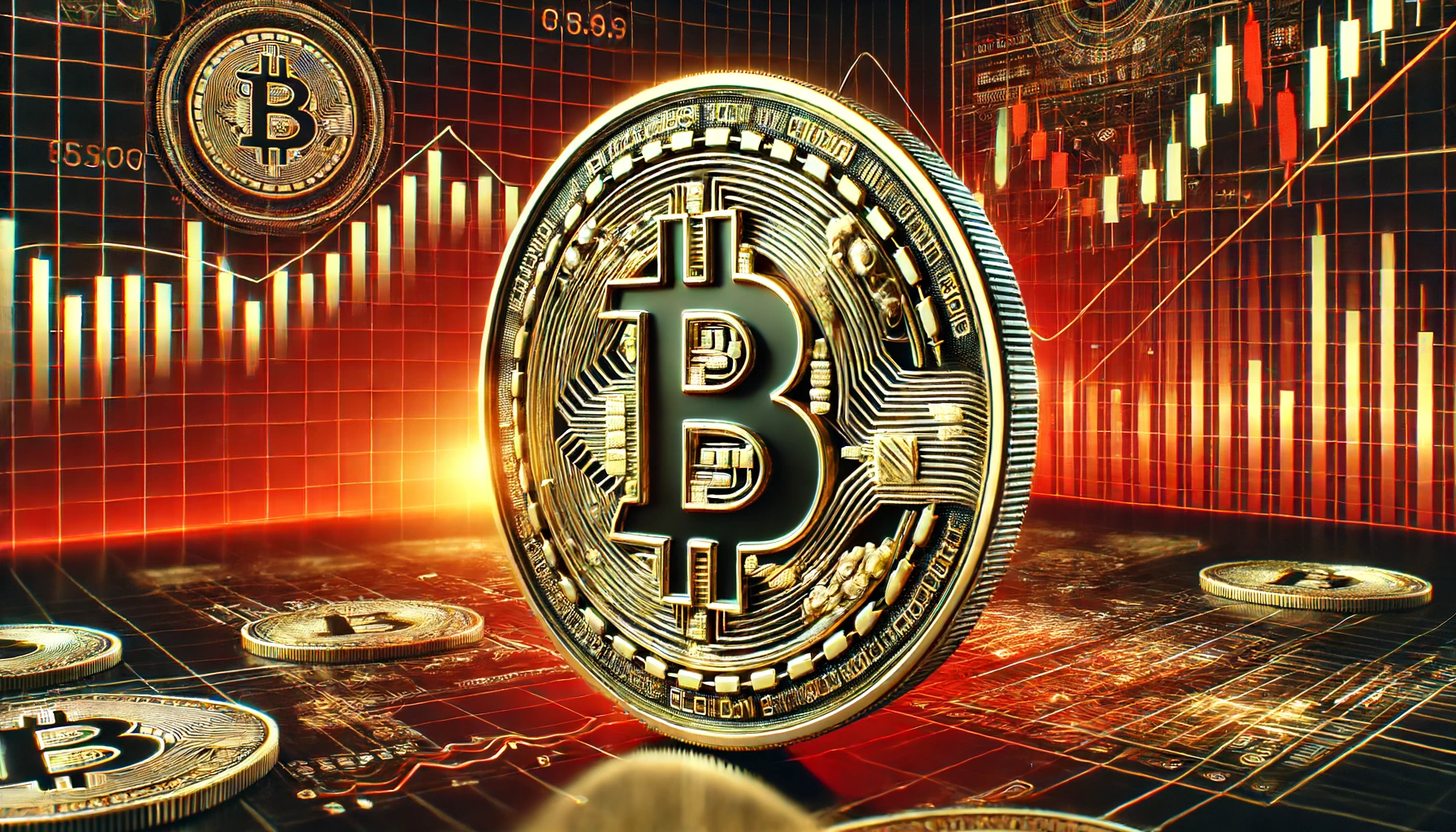This article explores the growing trend of Play-to-Earn (P2E) gaming, highlighting how it is transforming the gaming industry by allowing players to earn real-world rewards. It delves into the key factors driving the rise of P2E games and what this means for the future of gaming.
Points
- Play-to-Earn (P2E) gaming enables players to earn real-world rewards through in-game activities.
- Blockchain technology is a key enabler of P2E, ensuring transparency and security.
- P2E games are attracting a new wave of players and investors.
- The P2E model is changing the traditional dynamics of the gaming industry.
- The future of P2E looks promising, with increasing adoption and innovation.
Play-to-Earn (P2E) gaming is rapidly gaining traction as a transformative force in the gaming industry. Unlike traditional video games, where players engage purely for entertainment, P2E games offer players the opportunity to earn real-world rewards, including cryptocurrencies and NFTs (non-fungible tokens), through their in-game activities. This innovative model is reshaping the way players and developers think about gaming.
At the heart of the P2E revolution is blockchain technology. Blockchain enables the creation of decentralized gaming platforms where players can truly own their in-game assets. These assets, often in the form of NFTs, can be traded or sold in secondary markets, allowing players to monetize their gaming efforts. This level of transparency and security has made P2E gaming incredibly appealing to a broad audience, from casual gamers to hardcore enthusiasts.
One of the most significant impacts of P2E gaming is its ability to attract a new wave of players and investors. With the promise of real-world rewards, P2E games are drawing in individuals who may not have previously considered gaming as a viable income source. Additionally, investors are taking notice of the potential for growth in this sector, leading to increased funding for P2E game developers and platforms.
The P2E model is also disrupting the traditional dynamics of the gaming industry. Traditionally, game developers profited primarily from game sales, subscriptions, and in-app purchases. However, P2E games introduce a new revenue stream by allowing players to earn a share of the value generated within the game. This shift is prompting developers to rethink their monetization strategies and explore new ways to engage and reward players.
As the popularity of P2E gaming continues to rise, the future looks incredibly promising. The ongoing development of blockchain technology, coupled with increasing interest from both players and investors, suggests that P2E will play a significant role in the evolution of the gaming industry. With more games adopting this model and new innovations on the horizon, P2E gaming is set to become a mainstream phenomenon.
解説
- Blockchain and NFTs in P2E Gaming: The integration of blockchain technology and NFTs in P2E games is a game-changer. By providing a secure and transparent platform for trading in-game assets, blockchain ensures that players can truly own and monetize their digital possessions. This has opened up new possibilities for earning real-world income through gaming.
- Impact on Traditional Gaming Models: P2E gaming challenges the traditional revenue models in the gaming industry. Developers now have the opportunity to create games where players are incentivized to participate actively, leading to a more engaged and loyal player base. This model also opens up new revenue streams for developers, as they can earn a percentage of transactions involving in-game assets.
- Future Trends in P2E Gaming: The future of P2E gaming is bright, with potential developments including more sophisticated gameplay, enhanced blockchain integration, and broader adoption across various gaming genres. As the technology and infrastructure around P2E continue to mature, we can expect even more innovative and rewarding gaming experiences for players worldwide.
